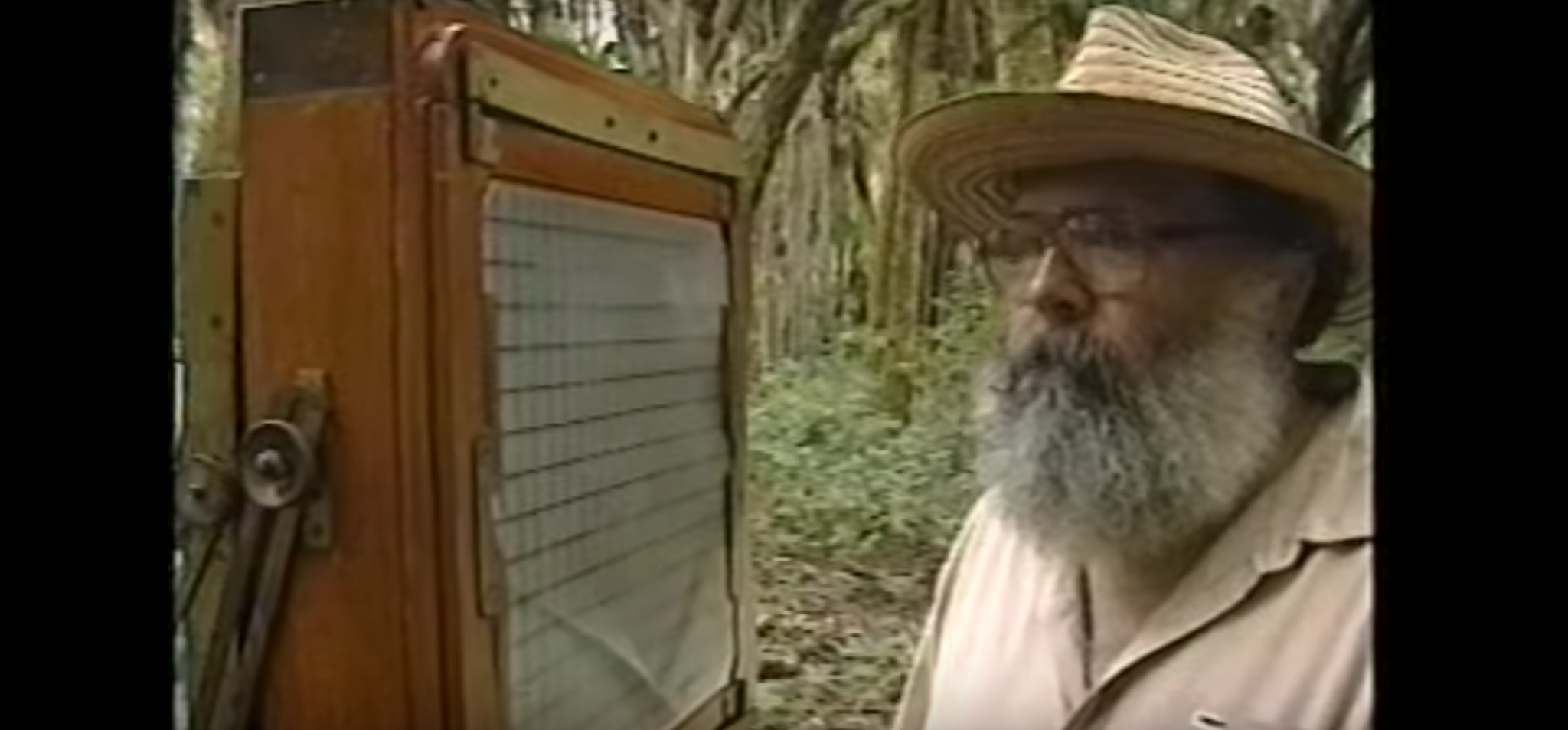Simple Info About How To Develop Large Format Film

The two most common large format film types are 4×5 and 8×10—those are both measured in inches!
How to develop large format film. The only method that allows for complete daylight processing of large format negatives, that i am aware of, is polaroid type 55 p/n film. One way to help get a handle is testing your photographic films. When we talk about large format we are usually referring to film photography*, and more specifically, any film photography work that.
Large format photography requires specialist equipment, and to get started, here are my top recommendations. If polaroid ever produces a higher. Instead, i develop my film in open trays of chemicals:
You must have a film changing tent or completely dark room. What is “large format” photography? Getting repeatable results with so many variables to the process can be tricky.
Or you can shoot a modern film like kodak e100 (most recently re. Large format photography can be quite daunting and the thought of developing the film can put a lot of people off. Thus, no internal light meter.
© 2024 google llc i go over the equipment i use to rotary and stand develop8x10 film.support this content: They don't even have batteries. 31k views 3 years ago.
When choosing a large format camera,. Large format cameras are all manual. Where to develop your film:
Commonly referred to in inches, large format sheet film starts at 4×5, 5x7, and 8x10, going up to ultra large formats such as 11x14, 16×20 and even the incredible. I show various methods i use to develop/process 4x5 b&w film.support this content: In this video i show.


















